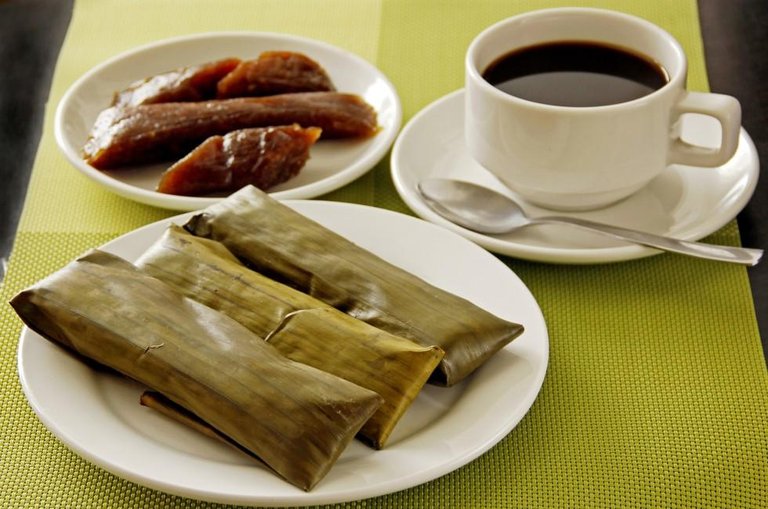
Coffee and Kakanin: A Perfect Pairing
Coffee in the Philippines is often enjoyed alongside kakanin, traditional Filipino rice cakes. The sweetness of the kakanin complements the rich, sometimes bitter, taste of the coffee, creating a harmonious and satisfying combination. This pairing reflects the Filipino appreciation for balance and flavor contrasts.
Coffee in the Philippines is more than just a beverage; it's a deeply ingrained part of the daily rhythm of life. From bustling city streets to quiet rural homes, the aroma of freshly brewed coffee fills the air, signaling the start of the day or a moment of respite.
While the Philippines isn't known for producing some of the world's most expensive or exotic coffee beans, its coffee culture is rich and vibrant, shaped by history, tradition, and a deep appreciation for the simple pleasures.
A Blend of Influences:
The Philippines' coffee history is a fascinating blend of influences. Introduced by Spanish colonizers centuries ago, coffee cultivation quickly took root, particularly in mountainous regions where the climate proved ideal. Over time, Filipino coffee evolved, developing its own unique characteristics and brewing methods.
Common Types and Brewing Methods:
While various types of coffee are available, many Filipinos enjoy a strong, brewed coffee, often prepared using simple methods like using a drip filter or percolator. Instant coffee is also widely consumed, offering a quick and convenient option for busy mornings. Sweeteners, such as sugar or condensed milk, are frequently added to balance the bitterness, reflecting a preference for a sweeter brew.
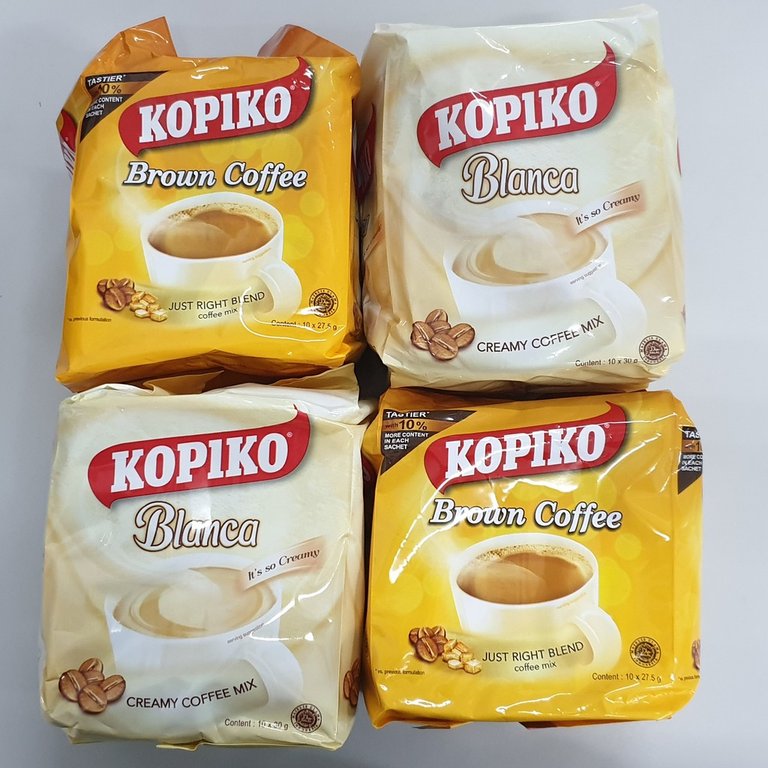
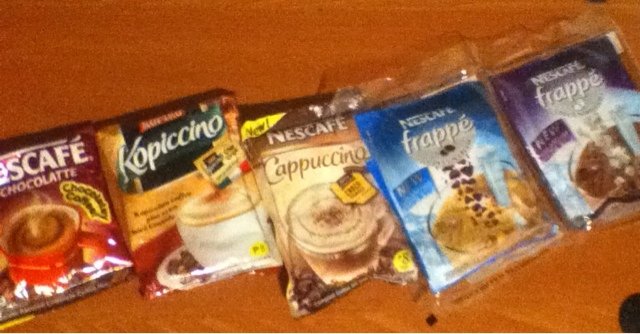
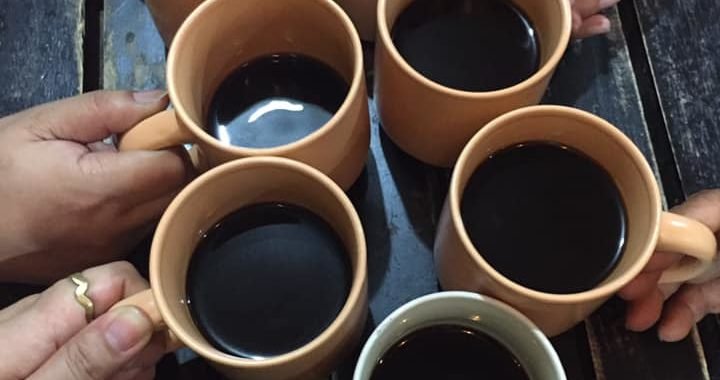
Coffee in the Philippines transcends its role as a mere beverage. It's a social lubricant, a catalyst for conversations, a symbol of hospitality, and a comforting ritual that punctuates the day. Whether shared with family, friends, or colleagues, a cup of coffee represents a moment of connection and shared experience.
Kopiko Coffee in the Philippines: A Popular Choice
Kopiko coffee is a well-known and widely available brand in the Philippines.
The image shows two variants: Kopiko Brown Coffee and Kopiko Blanca. This article will explore these options and their place within the Filipino coffee landscape.
Kopiko Brown Coffee: The Classic Blend
Kopiko Brown Coffee is marketed as a "Just Right Blend" coffee mix. This suggests a balance of coffee flavor and other ingredients, likely including creamer and sugar. The yellow packaging is eye-catching and easily recognizable on store shelves. This blend likely caters to those who prefer a classic, readily-prepared coffee with a balanced sweetness and creaminess. Its popularity suggests it successfully meets the taste preferences of many Filipino consumers.
Kopiko Blanca: Creamy Indulgence
Kopiko Blanca offers a different experience, emphasizing creaminess. The packaging highlights its "creamy coffee mix" nature. The lighter-colored packaging distinguishes it from the Brown Coffee variant. This option likely appeals to those who prefer a smoother, richer, and sweeter coffee experience. The addition of cream enhances the overall taste and texture.
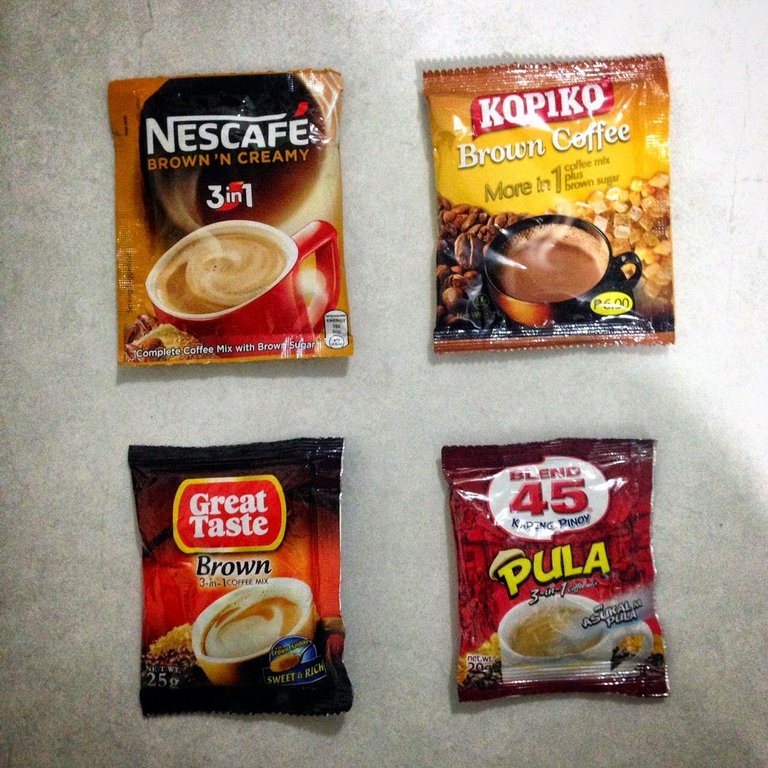
You can check out this post and your own profile on the map. Be part of the Worldmappin Community and join our Discord Channel to get in touch with other travelers, ask questions or just be updated on our latest features.
Congratulations @analyn21! You have completed the following achievement on the Hive blockchain And have been rewarded with New badge(s)
Your next target is to reach 50 replies.
You can view your badges on your board and compare yourself to others in the Ranking
If you no longer want to receive notifications, reply to this comment with the word
STOP